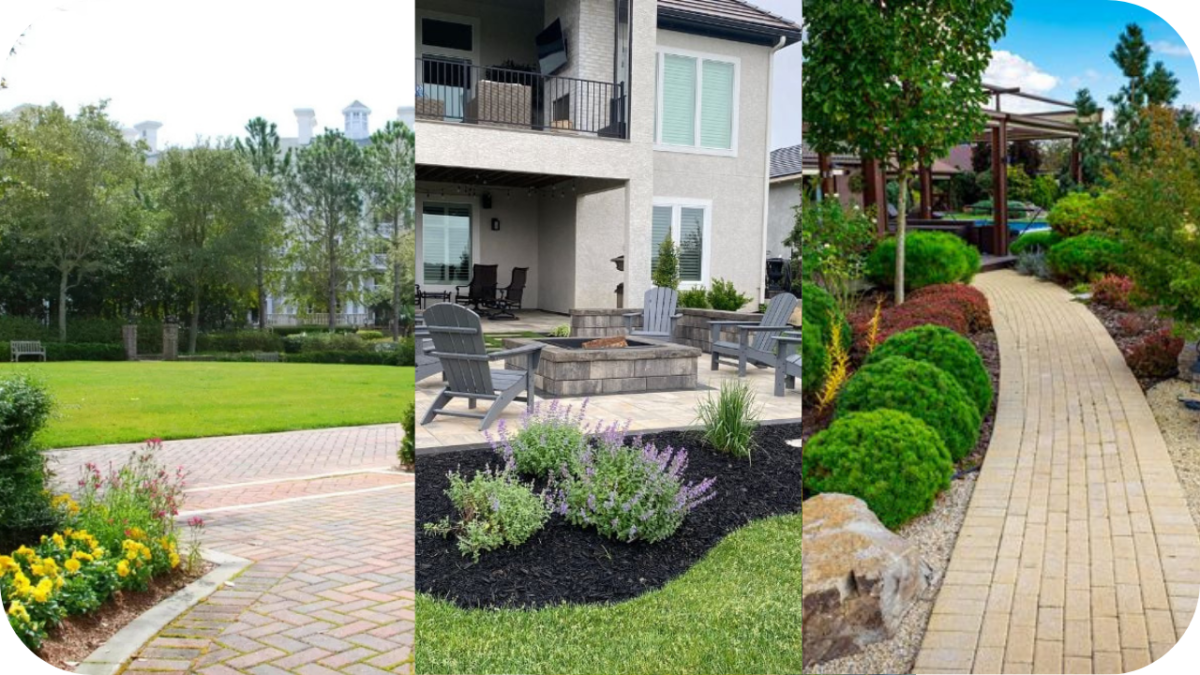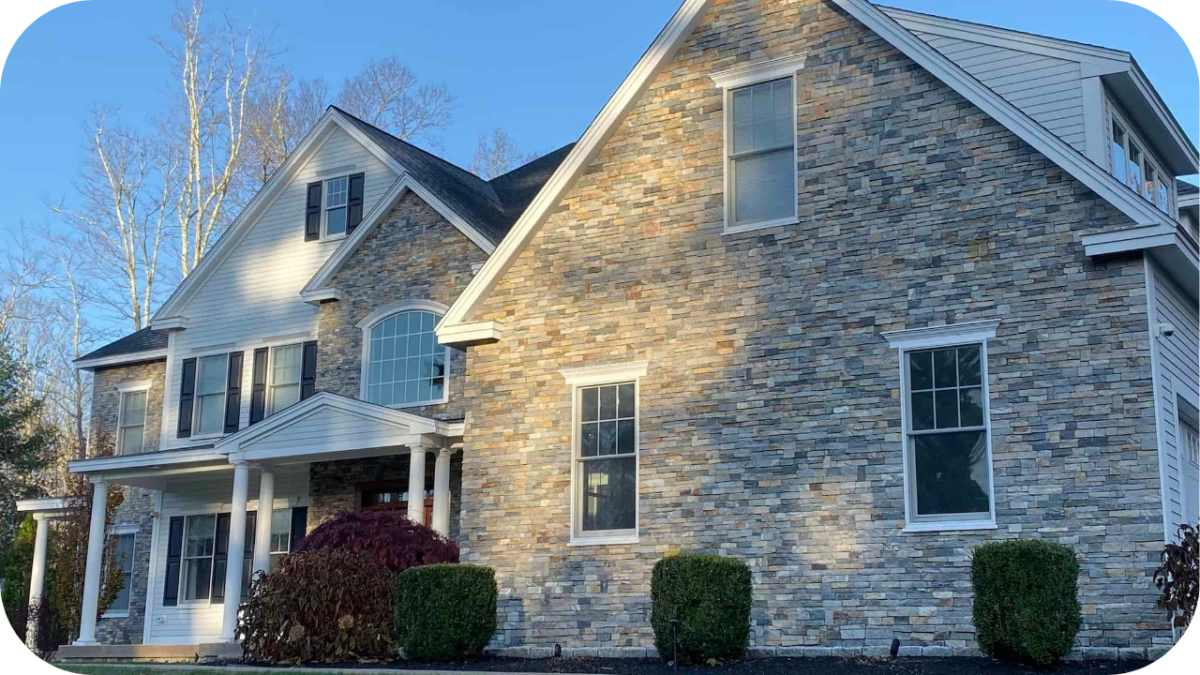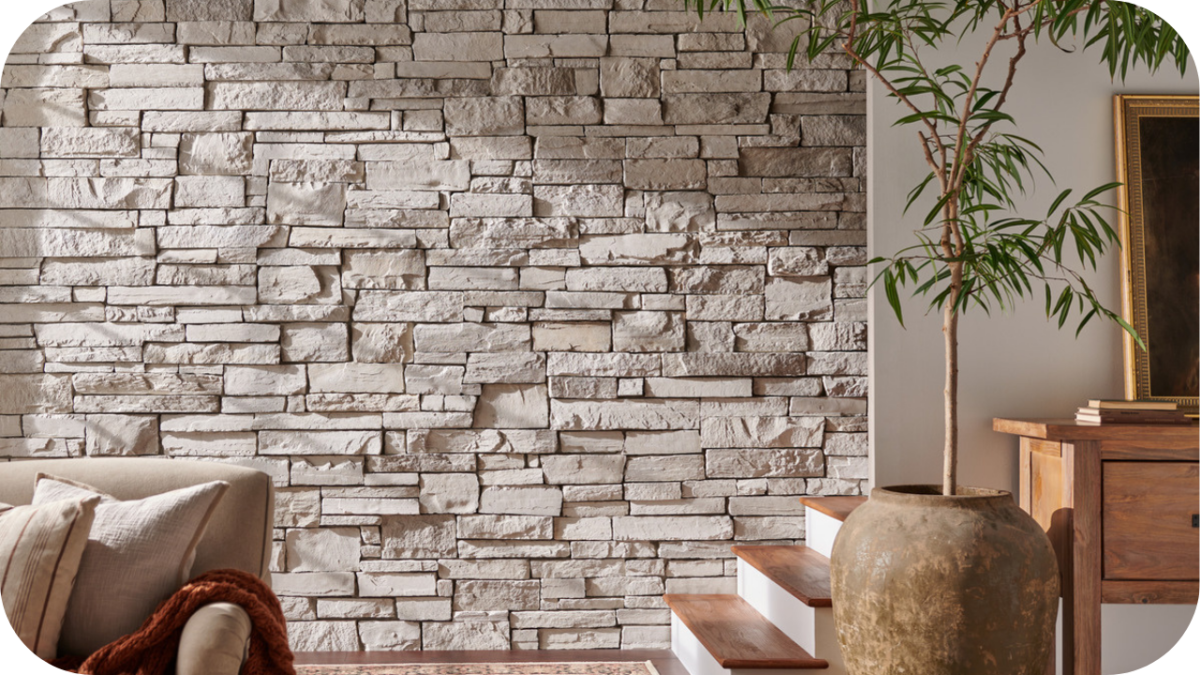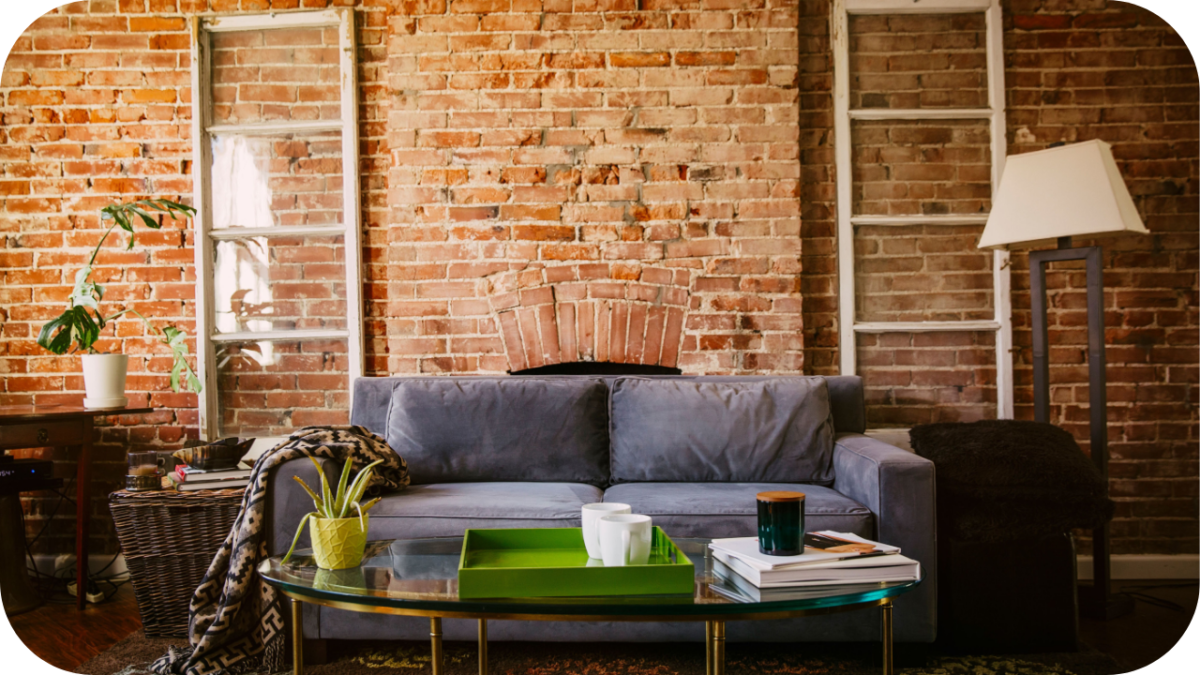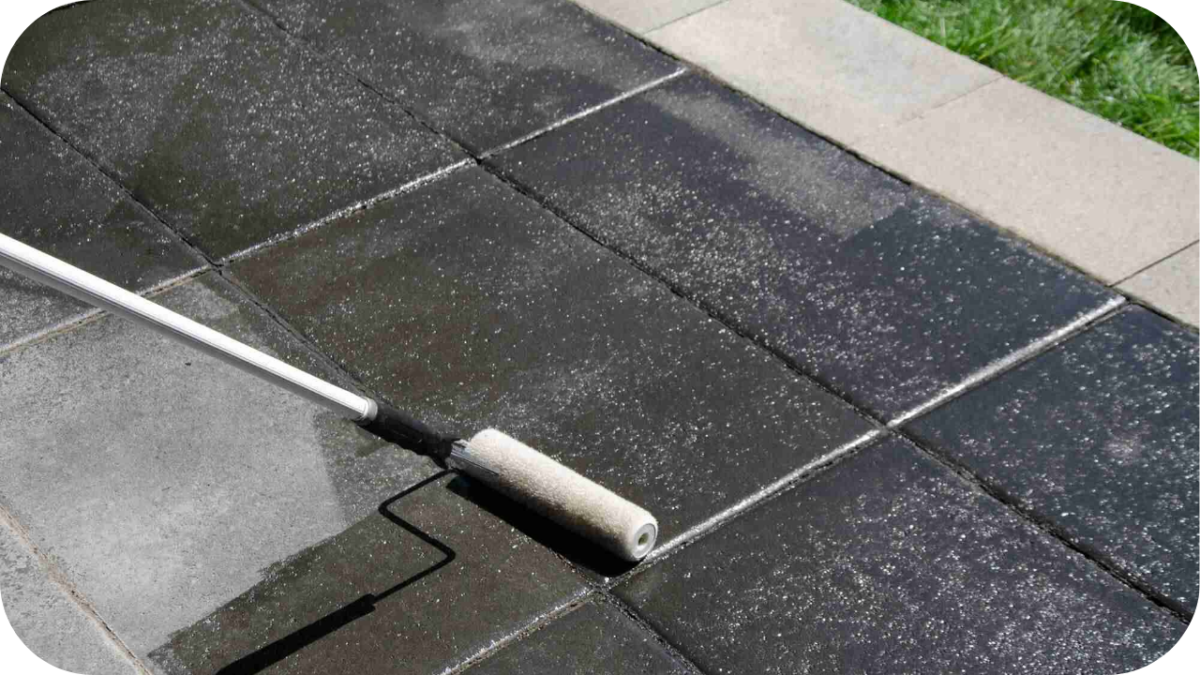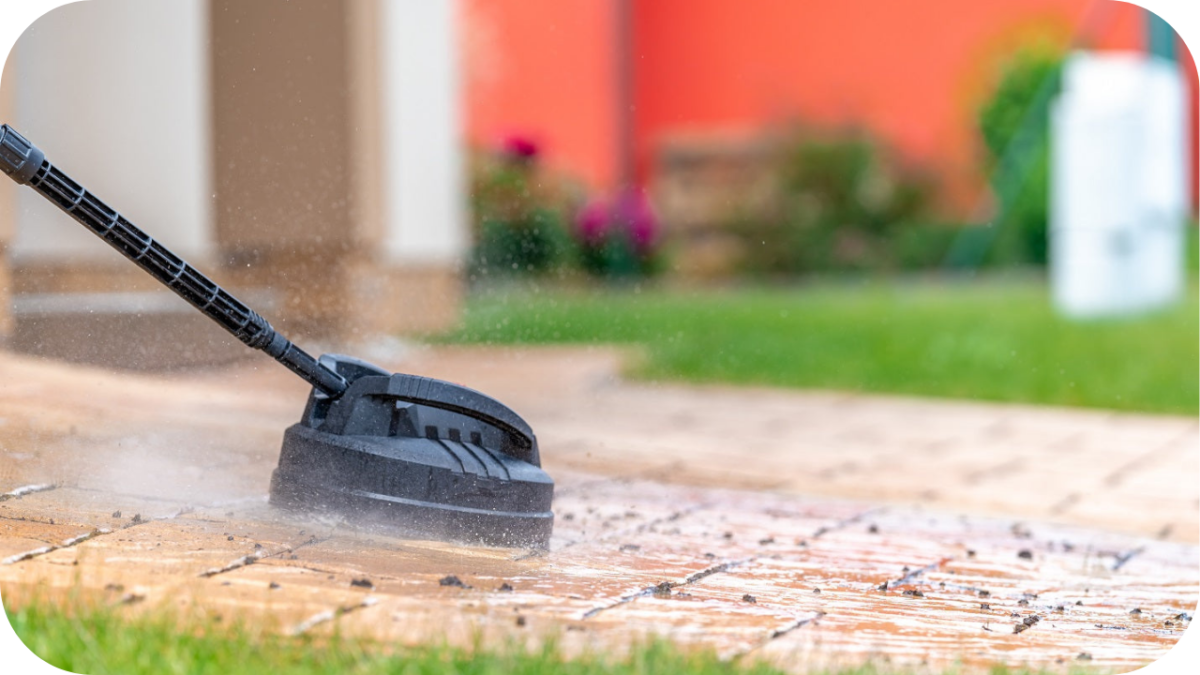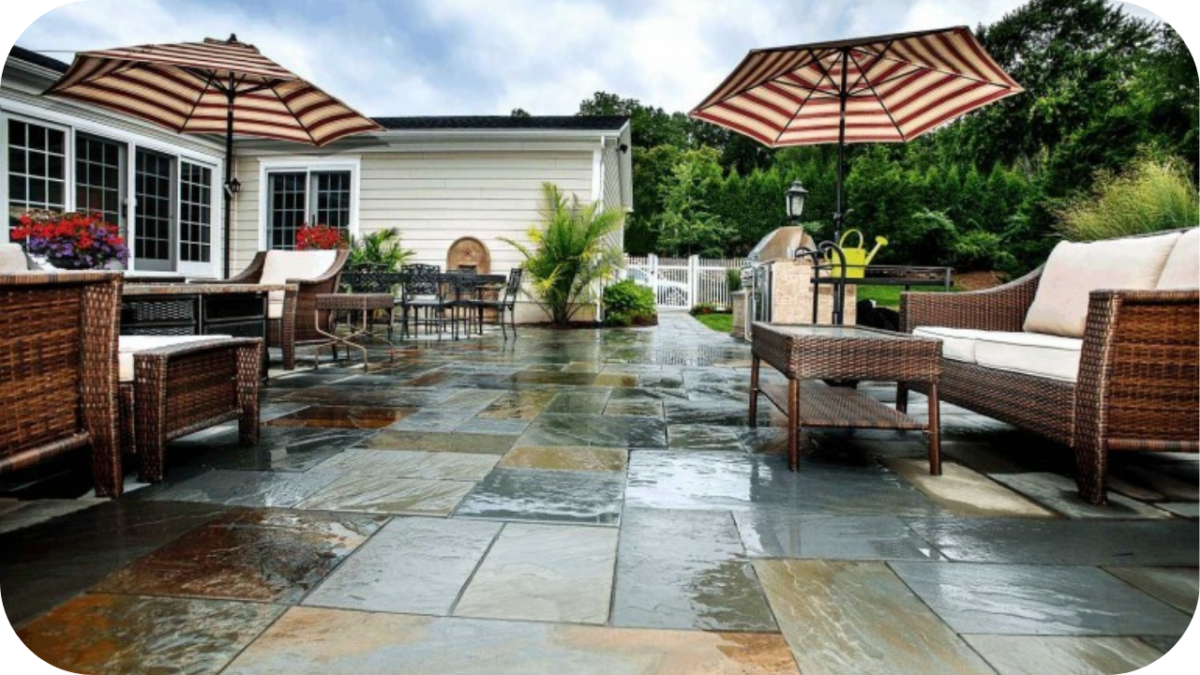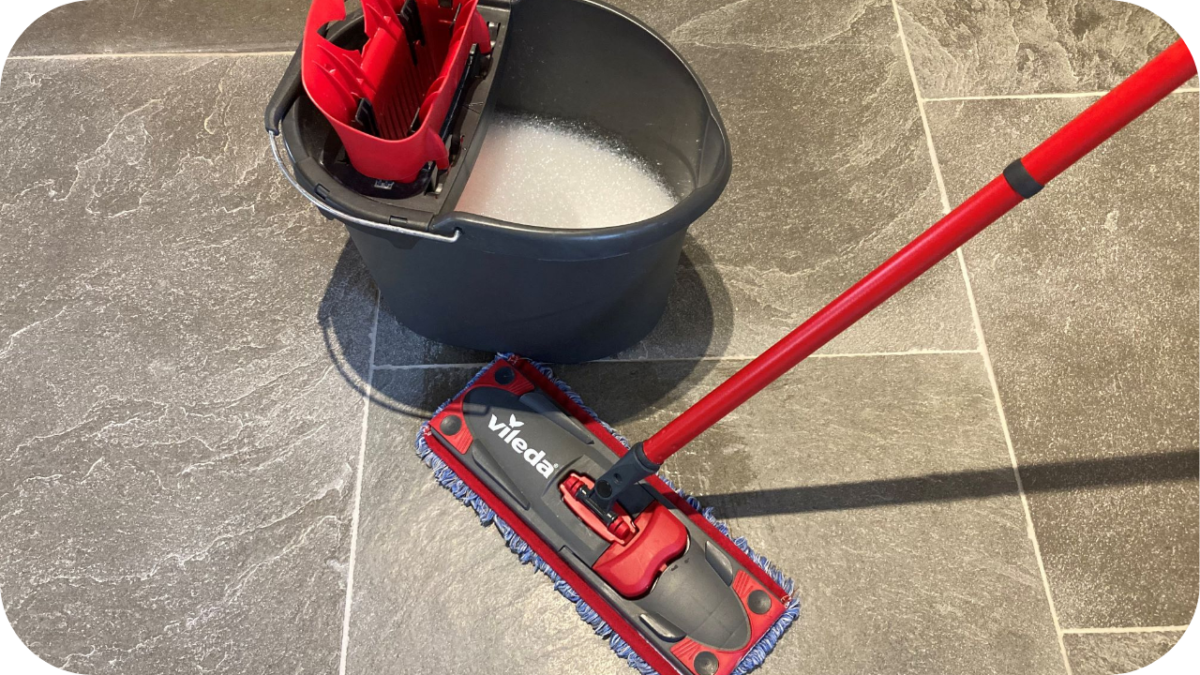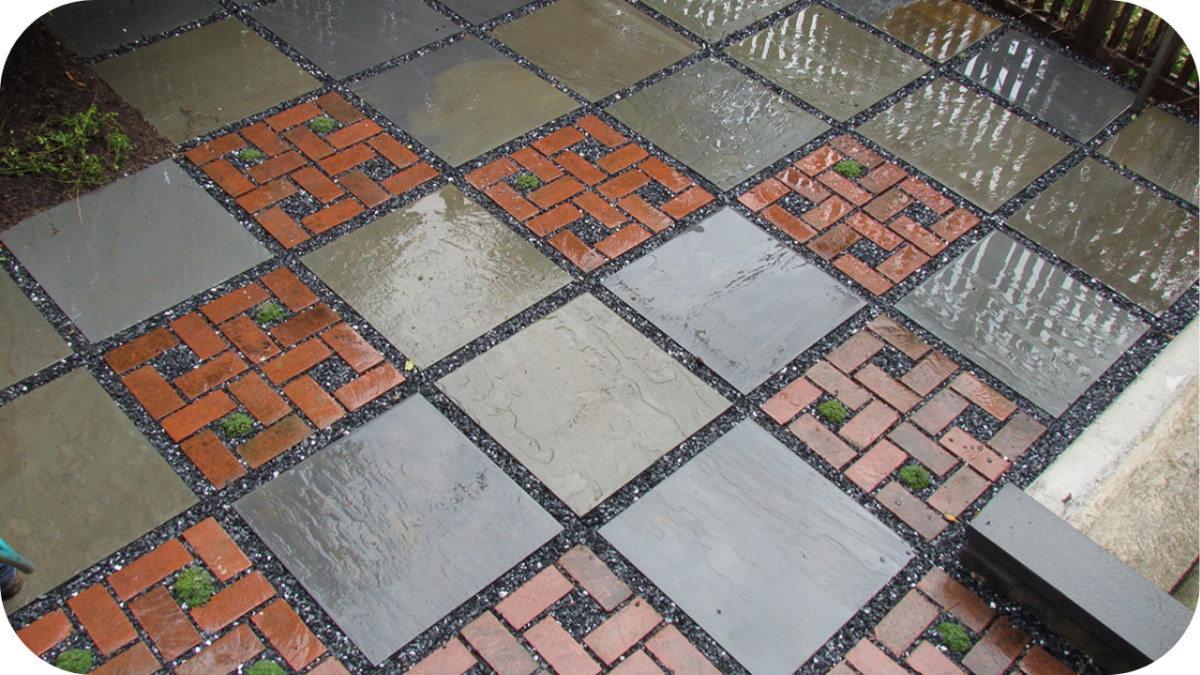Hardscape, Softscape, and Landscape: What Are the Differences?
Hardscape refers to the non-living elements of outdoor spaces, such as stone paving and retaining walls. Softscape covers living features like plants, grass, and trees.
Landscape combines both to create a complete design. Knowing the differences ensures balanced, functional, and visually appealing spaces.
Splendour in Stone’s premium natural stone products bring durability, style, and timeless beauty to hardscape projects, making them an essential foundation for enhancing any garden or outdoor living area.
What is Hardscape?
Hardscape includes the non-living elements that shape and structure outdoor areas, such as natural stone paving, walls, pathways, and patios. These features provide durability, define spaces, and require minimal upkeep.
At Splendour in Stone, hardscaping materials like premium stone pavers and cladding offer both functional strength and aesthetic appeal, creating long-lasting outdoor foundations that enhance usability and style.
What is Softscape?
Softscape covers the living, organic components of an outdoor space, including grass, plants, flowers, shrubs, and trees. These elements bring colour, texture, and seasonal variety while softening the look of hardscape features.
Softscape also plays a role in environmental benefits like air purification and soil health. When combined thoughtfully with hardscape, it creates a balanced and inviting landscape design.
What is Landscape?
Landscape refers to the overall design that harmoniously blends hardscape and softscape elements into a cohesive outdoor space. It considers function, beauty, and environmental sustainability, ensuring that each component complements the other.
A well-planned landscape transforms a property’s appearance, improves usability, and increases value, especially when premium materials like Splendour in Stone’s natural stone are incorporated into the design.
Key Differences Between Hardscape, Softscape, and Landscape
Striking the right balance between hardscape, softscape, and landscape is key to creating outdoor spaces that are beautiful, functional, and built to last. Understanding their differences ensures every design decision adds value and harmony:
Durability and Lifespan
Hardscape elements, such as stone pavers and retaining walls, are built from materials designed to last for decades with minimal maintenance. These non-living features resist weather damage and wear, providing a permanent framework for outdoor spaces.
In contrast, softscape features like plants and lawns have a limited lifespan, requiring seasonal upkeep, replanting, and watering to remain vibrant. Landscape, being the combination of both, inherits a mixed lifespan; its longevity depends on maintaining living elements while ensuring the durability of the hardscape foundation.
Understanding these differences helps property owners plan for long-term investment, balancing permanent structures with flexible, renewable greenery for a complete, enduring outdoor design.
Maintenance Needs
Hardscape requires relatively low maintenance, often needing only occasional cleaning or sealing to keep surfaces in top condition. Softscape demands more ongoing care, including watering, pruning, fertilising, and seasonal planting to ensure healthy growth.
Landscapes blend these needs, meaning maintenance plans must address both structural upkeep and plant care. Neglecting either side can lead to imbalance, with overgrown greenery overwhelming structures or hard surfaces looking stark without lush vegetation.
By knowing the specific maintenance demands of each, homeowners can allocate time and resources effectively. Choosing durable materials like Splendour in Stone’s natural pavers reduces the workload while preserving the outdoor space’s beauty year-round.
Impact on Functionality and Aesthetics
Hardscape serves as the backbone of functionality, offering paths, seating areas, and structural features that make an outdoor space usable in all seasons. Softscape enhances aesthetics by adding movement, colour, and a natural touch that creates a welcoming atmosphere.
Landscape brings the two together, ensuring functional areas blend seamlessly with visually appealing, living elements. Without hardscape, a garden may lack structure; without softscape, it can appear cold or lifeless.
Combining them strategically results in spaces that are both practical and beautiful. Premium hardscaping materials from Splendour in Stone elevate this balance, creating designs that are as durable as they are visually striking.
Influence on Property Value
Well-planned hardscape installations, such as stone patios, pool surrounds, and pathways, significantly boost property value by enhancing both function and visual appeal. Softscape contributes through curb appeal, making a home more attractive to potential buyers with lush, healthy greenery.
Landscape, when executed properly, combines these elements to create a complete outdoor living environment that appeals to both emotional and practical considerations. Homes with a balanced mix often command higher market prices, as they offer beauty, usability, and low-maintenance options.
Investing in quality hardscaping products from Splendour in Stone ensures that the property’s value gains are long-lasting, adding timeless appeal that stands out in any market.
Choosing the Right Balance for Your Outdoor Space
Finding the perfect mix of hardscape and softscape starts with considering key factors that shape beauty, function, and longevity in your outdoor space. Here’s what to keep in mind:
- Assess Your Space’s Needs: Evaluate how you plan to use the area, whether for entertaining, relaxation, or functional pathways, to guide your hardscape-to-softscape ratio.
- Consider Climate and Maintenance: Select materials and plants suited to your local weather, and balance your choices with the amount of upkeep you’re willing to commit to.
- Blend Aesthetics with Functionality: Ensure your design is visually appealing while offering practical features like seating, walkways, and shaded areas for year-round use.
- Use Quality Materials: Invest in premium hardscaping products, such as Splendour in Stone’s natural pavers, to ensure long-term durability and timeless style.
- Plan for Seasonal Changes: Incorporate a mix of evergreen plants and seasonal blooms so your outdoor space remains attractive all year round.
- Maximise Space Efficiency: Design layouts that make the most of available space without overcrowding, leaving room for both movement and visual flow.
- Think Long-Term Growth: Choose plants and trees that will complement your hardscape as they mature, avoiding roots or branches that could cause damage.
- Integrate Lighting and Features: Include outdoor lighting, water features, or fire pits to enhance both ambience and functionality, especially during evenings and cooler months.
Benefits of Quality Hardscaping Materials from Splendour in Stone
Here’s how Splendour in Stone’s premium hardscaping materials can transform your outdoor space with lasting strength, timeless beauty, and added property value:
- Enhanced Durability: Premium natural stone withstands weather, wear, and heavy use, ensuring your hardscape features remain strong and beautiful for decades.
- Timeless Aesthetic Appeal: High-quality finishes and unique textures add elegance and character, complementing both modern and classic outdoor designs.
- Low Maintenance Requirements: Quality stone surfaces resist stains, fading, and erosion, reducing the need for frequent repairs or replacements.
- Increased Property Value: Well-crafted hardscaping with premium materials makes your outdoor space more attractive to buyers and boosts overall market value.
- Versatile Design Options: Splendour in Stone’s range suits patios, pool surrounds, pathways, and feature walls, adapting to various styles and functions.
- Eco-Friendly Choice: Sourced responsibly, natural stone offers a sustainable option that blends seamlessly with the environment.
How to use hardscape and softscape to create a beautiful landscape
Combining hardscape and softscape effectively is the key to designing a landscape that feels cohesive, inviting, and visually stunning all year round. Here’s how to achieve the perfect harmony:
- Start with a Solid Framework: Lay out your hardscape first, including pathways, patios, and retaining walls, to define structure and flow.
- Layer in Softscape Elements: Add plants, trees, and flowers that soften the lines of your hardscape and bring life to the design.
- Balance Proportion and Scale: Ensure hardscape features and greenery are proportionate, so one does not overpower the other visually.
- Create Functional Zones: Use hardscape to separate dining, lounging, and garden areas, while softscape ties them together with colour and texture.
- Incorporate Seasonal Interest: Choose a mix of evergreen and seasonal plants to keep the landscape appealing throughout the year.
- Blend Colours and Textures: Match the tones of your stone or pavers with complementary plant hues and foliage textures for a cohesive look.
In Closing: Grounded in Balance, Growing in Value
When every element of your outdoor environment works in harmony, the result is a space that feels inviting, purposeful, and enduring. Stone becomes more than just a surface — it becomes the foundation of moments shared, gardens that thrive, and homes that carry a sense of character and permanence. Balance is not only a design principle here; it is the difference between a space that looks complete today and one that continues to inspire for decades.
If you’re ready to create an outdoor setting that combines strength, elegance, and long-term value, the Splendour in Stone team is here to help. Explore our range of natural stone products and discover how the right choice of material can elevate your design from functional to unforgettable. Begin your journey toward a timeless landscape by getting in touch with us today.

